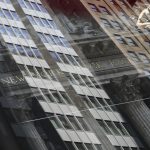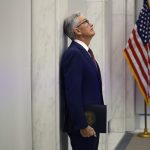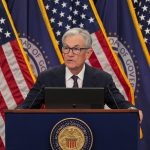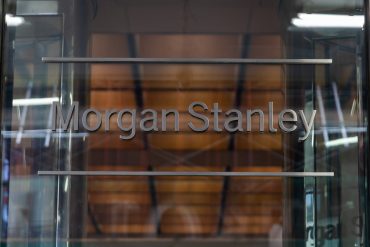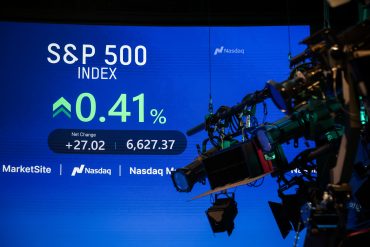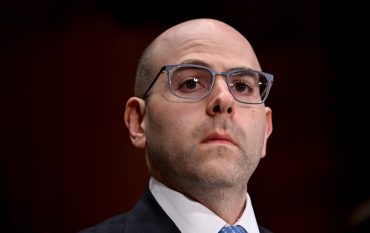
- Interest Rates
- Monetary Policy
- Tariffs
Fed Governor Miran Dissents on Rate Cut, Dismisses Tariff Inflation
6 minute read

Federal Reserve’s internal debate over rate cuts intensifies as new governor challenges mainstream inflation outlook
Key Takeaways
- Fed Governor dissents on rate policy: Stephen Miran becomes the lone dissenter on the Federal Reserve’s quarter-point rate cut, advocating instead for a more aggressive half-point reduction to address labor market concerns.
- Contrarian stance on tariff inflation: Miran argues Trump’s tariffs will not cause material inflation, placing him in the minority among Fed officials and business leaders who expect tariff-driven price pressures to push inflation to 3% in 2025.
- Tech sector braces for impact: Technology companies accelerate supply chain diversification and domestic manufacturing investments as most economists anticipate tariff-induced cost pressures on semiconductors and hardware components.
Introduction
Federal Reserve Governor Stephen Miran challenges the prevailing economic consensus with his assertion that President Trump’s tariffs pose no material inflation threat. His dissenting vote on the Fed’s recent quarter-point rate cut reflects a broader disagreement over monetary policy direction as the central bank navigates trade policy uncertainty.
The newly appointed governor’s contrarian views place him at odds with most Fed officials and business leaders who anticipate significant inflationary pressures from tariff policies. This debate carries particular weight for technology companies heavily dependent on global supply chains and sensitive to both trade costs and interest rate changes.
Key Developments
Miran cast the sole dissenting vote against the Federal Reserve’s decision to lower the benchmark interest rate by 25 basis points to a range of 4.00-4.25%. The governor advocated for a more substantial half-point reduction, citing concerns about labor market deterioration.
The governor’s position directly contradicts the mainstream Fed view that tariffs create inflationary pressure. He points to the absence of differential inflation between import-intensive core goods and overall core goods as evidence that tariffs lack the macroeconomic significance required to influence monetary policy decisions.
Sworn in just one hour before the Fed’s latest meeting, Miran brings unconventional economic perspectives to the central bank’s deliberations. His appointment followed a swift confirmation process facilitated by Republicans, filling the vacant seat left by former Governor Adriana Kugler’s resignation.
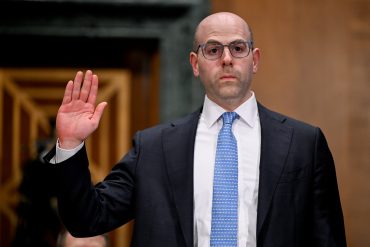
Market Impact
The Fed’s quarter-point cut represents the first rate reduction in nine months, designed as what Chair Jerome Powell describes as a “risk management cut” to prevent unemployment from surging. Current unemployment stands at 4.3%, with the Fed projecting it will rise to 4.5% in 2025.
Professional forecasters expect headline inflation to average 3% in 2025, well above the Fed’s 2% target, with the central bank not anticipating a return to target levels until 2028. This persistent inflation outlook complicates the Fed’s ability to implement the aggressive rate cuts Miran advocates.
Technology stocks face particular sensitivity to this monetary policy debate, as higher rates constrain growth financing while potential tariff costs threaten margins across hardware manufacturing segments.
Strategic Insights
Technology companies respond to tariff uncertainty through strategic supply chain restructuring and inventory management. Many firms delay passing tariff costs to consumers while diversifying supplier networks and accelerating domestic manufacturing investments to reduce import dependence.
The sector experiences divergent impacts, with software and cloud services maintaining robust demand while hardware segments face greater vulnerability to tariff-induced price increases. Companies increasingly invest in AI and automation technologies to offset rising labor and material costs.
I’m clearly in the minority in not being concerned about inflation from tariffs
Miran’s emphasis on aggressive monetary easing reflects concerns that restrictive borrowing costs pose greater economic risks than potential tariff inflation, a calculation that could benefit growth-dependent technology companies if his influence expands. “I don’t see any material inflation from tariffs,” Miran said.
Expert Opinions and Data
Cleveland Fed President Beth Hammack represents the majority view among Fed officials, believing tariffs fuel inflation and warning that price increases could become persistent without proper management. According to CNBC, Miran stated, “I don’t see any material inflation from tariffs,” recalling similar unfounded concerns during 2018-2019.
Business executives surveyed by the Atlanta Fed generally expect tariffs to trigger another round of high inflation, with many preparing to pass increased costs to consumers. This expectation drives corporate strategies around pricing power and cost management across technology supply chains.
Fed Chair Powell acknowledges labor market softening while maintaining that current economic conditions don’t warrant alarm. “The unemployment rate’s 4.3%. The economy is growing at 1.5%. So it’s not a bad economy,” Powell explains, though he warns that future layoffs could create hiring challenges.
Current Implications
Miran’s dissenting voice introduces new dynamics to Fed deliberations, prioritizing labor market support over inflation concerns in a departure from traditional central banking approaches. His upcoming speech at the Economic Club of New York will provide detailed justification for more aggressive monetary easing.
The technology sector continues adapting to dual uncertainties around trade policy and interest rates, implementing supply chain resilience measures while managing cost pressures. The outcome of this monetary policy debate will significantly influence financing conditions and competitive positioning across the industry.
The Fed faces the complex challenge of supporting employment while managing inflation expectations, with Miran’s minority perspective highlighting the institution’s internal tensions over appropriate policy responses to current economic conditions.
